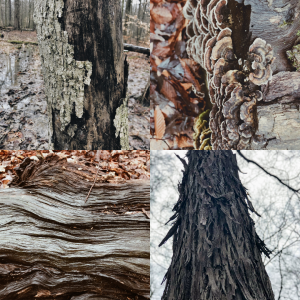Once the ruler of the world, nature must confront a new rival. An eternal battle has emerged between man and nature as their visions of earth’s future collide. They fight as if there is a war and race in hopes of claiming the most barren, yet valuable, pieces of land. Land is gold through the eyes of the colonists, that is man and nature. If one claims it, the other one steals it.
Nature’s lungs have countlessly been pierced by a powerful enemy. Left wounded in the lungs, nature’s heartbeat has lost stability as it struggles to regain a rhythmical flow of breathing. Searching for the elements that supply it life, nature traces the earth’s surfaces and reaches towards the infinite sky in an attempt to revive itself. However, man has, to some degree, altered those elements to work in their favor. Originally allies with nature, these natural elements have betrayed nature. However, nature unveils a hidden strength of persistence and independence to retaliate at unpredictable times. Spreading like an incurable virus, nature camouflages itself as a sea of lifelessness but also bursts with rage often leaving man deceived and diminishing their constant mental state of superiority.
During our immersion into the tamed wilderness, I was particularly drawn to the trunks of the trees. The bark appeared to resemble a human’s fingerprint––every tree’s bark was unique. And with that uniqueness emerged a story. Were these trees simply aging? Victims to an outbreak? or scars produced by man? The trees that appeared to be aging almost looked like they were emulating a snake shedding its skin. The skins of the trees were like different generations within a family. The oldest generation was on the outside and the youngest was at the core. One knew the outer layer was the oldest generation as it had wrinkles and bruises. The trees that looked as if they were victims of an outbreak were the ones that were choked with wildlife, like fungi. The appearance of fungi often signaled that “the tree is infected with a rot-inducing pathogen” resulting in “heart decay, which causes healthy trees to begin to rot at the heart of the trunk” (Austin Tree Surgeons). The fungus was tenacious as little sprouts were scattered all over the trunk. It was surprising to see a tree untouched by intruders, whether that be humans, other wildlife, or a virus. The trees that captured the scars of man were the ones that bear the cuts. At Johnsons Woods, Beech Trees were the victim of such human assault. These trees archived the impulsive graffiti of man as they evolved into a canvas for lovers to write their names.
My experience at Johnsons Woods was unexpectedly intriguing as I realized that trees are archives that record life on earth. I hope to visit Johnsons Woods during a different season to see if it extracts a different impression.

